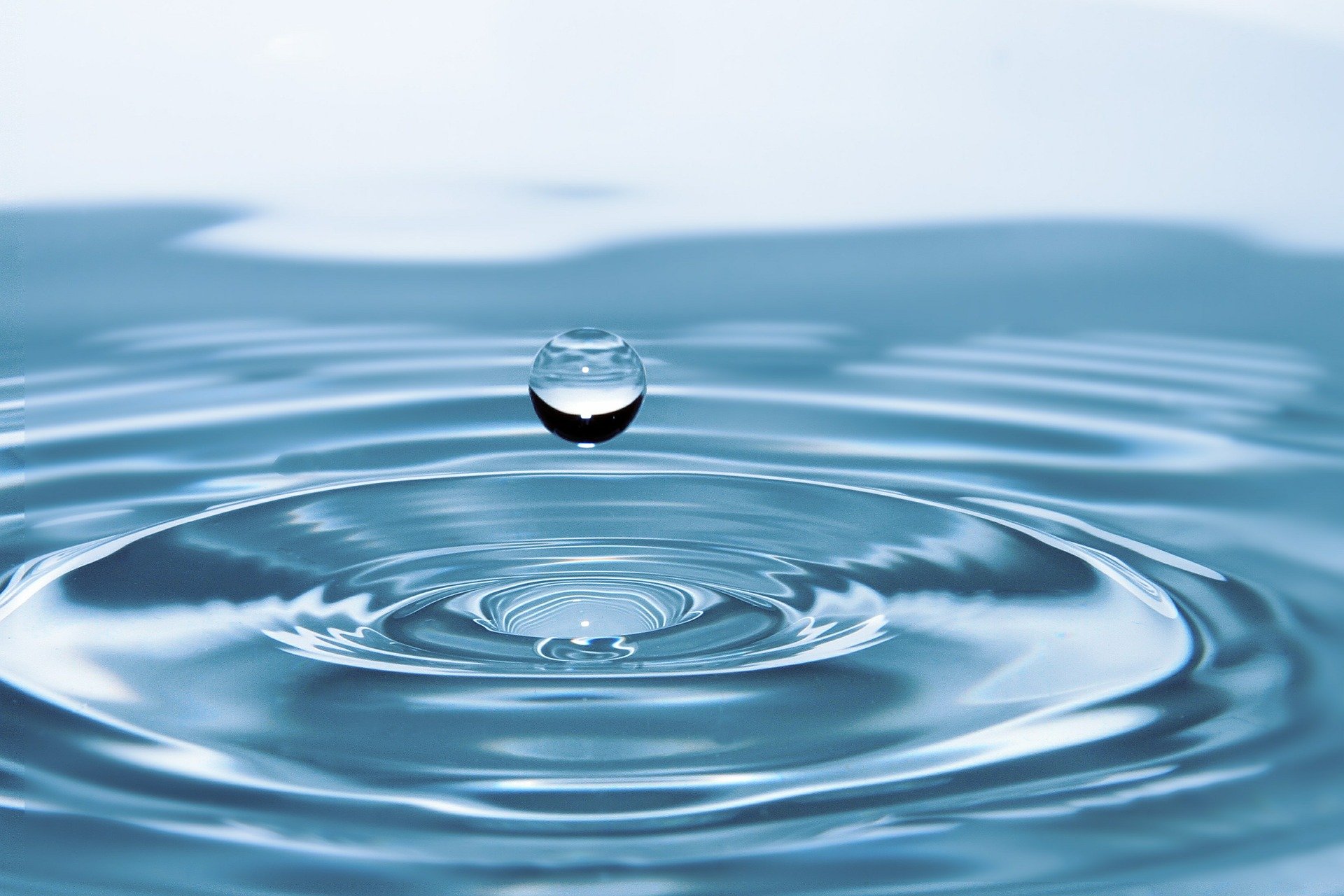Circulator Pump
Showing the single result
A circulating pump is a type of pump designed to move liquids, gases, or slurries within a closed circuit to maintain a continuous, steady flow. These pumps are essential in systems where the fluid needs to be circulated through a loop or circuit, typically to ensure uniform temperature, pressure, or consistency in fluid properties. Unlike pumps designed to lift fluids to higher elevations or pressurize them, circulating pumps are focused primarily on maintaining flow and overcoming friction within the piping system.
Key Characteristics of Circulating Pumps:
High Flow Rate, Low Head: Circulating pumps are designed to deliver high flow rates with relatively low head (pressure), as their purpose is to overcome friction losses within a system rather than to lift fluids.
Energy Efficiency: These pumps often operate continuously or for long periods, making energy efficiency a key consideration. Models with features like variable speed control or integrated frequency converters can optimize energy use.
Compact Design: Circulating pumps tend to have a compact design that allows them to be easily installed and maintain low noise levels while operating.
Applications of Circulating Pumps:
Heating Systems (Hydronic Systems):
Purpose: In heating systems, circulating pumps are used to move hot water or heating fluid from a boiler through a network of pipes to radiators, towel rails, or hot water cylinders.
How It Works: The pump ensures that hot water circulates throughout the system, keeping the building heated uniformly. For example, in a radiator-based heating system, the circulating pump moves the heated water to the radiators and returns the cooler water back to the boiler to be reheated.
Typical Circulating Pump Features: These systems often require pumps with good energy efficiency, long-term reliability, and compatibility with modern heating controls (such as thermostats or smart home systems).
Swimming Pool Filtration Systems:
Purpose: Circulating pumps are used to move water through the pool’s filtration system. This ensures that the pool water is continually filtered and treated to maintain water quality and hygiene.
How It Works: The pump pulls water from the pool and pushes it through the filtration system (which typically includes filters, heaters, and chemical dosing systems) and then returns it to the pool. This process is continuous to ensure the pool water remains clean and clear.
Typical Circulating Pump Features: These pumps are designed for outdoor use, with materials and seals resistant to chlorinated water and other pool chemicals.
Wastewater Treatment:
Purpose: In wastewater treatment, circulating pumps are used to maintain the agitation of chemicals or to circulate water in treatment tanks. For example, in the treatment of industrial or municipal wastewater, chemicals like lime or alum need to stay in suspension to effectively treat the water.
How It Works: The pump ensures that the chemicals do not settle out of the water and remain evenly distributed, which is essential for the chemical treatment process to work efficiently.
Typical Circulating Pump Features: These pumps are often used in more rugged environments, requiring corrosion-resistant materials and the ability to handle liquids with suspended solids.
Aquariums and Fish Tanks:
Purpose: In aquariums, circulating pumps are used to move water to provide filtration, oxygenation, and water flow necessary for the health of aquatic life.
How It Works: The pump keeps the water circulating through filters and aerators, ensuring the environment remains stable and clean. It also helps simulate natural water currents, promoting healthy aquatic environments.
Typical Circulating Pump Features: Pumps for aquariums are designed to be quiet, energy-efficient, and adjustable for flow control to meet the needs of different tank sizes and types of aquatic life.
Solar Heating Systems:
Purpose: In solar heating applications, circulating pumps move the heat transfer fluid (typically water or antifreeze) between solar collectors and the heat exchanger.
How It Works: The pump circulates the fluid through the solar panels where it collects heat, then moves it to a storage tank or heat exchanger, where it transfers the heat to the building’s heating system.
Typical Circulating Pump Features: These pumps are optimized for energy efficiency and reliability, as they often operate in off-grid or eco-conscious environments.
Types of Circulating Pumps:
Circulating pumps can vary based on their intended application, but common types include:
Single-Speed Pumps: Operate at a constant speed and are often used in simple heating or cooling systems.
Variable-Speed Pumps: Can adjust their speed based on demand, improving energy efficiency in systems where flow requirements fluctuate.
Boiler Feed Pumps: Specially designed to circulate water within a boiler system to maintain consistent heat output.
Tandem or Twin Pumps: In applications requiring more power, two pumps can be connected to work together to meet higher flow demands.
Installation and Maintenance:
Due to the specialized nature of circulating pumps, it’s recommended to hire a professional plumber or technician to install these systems. Proper sizing, installation, and calibration are critical to ensure efficient operation and to avoid premature wear. An improperly sized pump or one that’s installed incorrectly can lead to excessive energy consumption or poor system performance.


